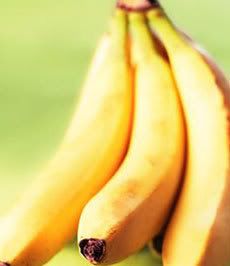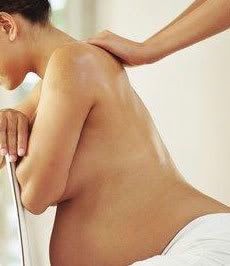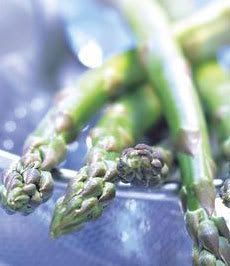
Bananas aren't just a convenient and tasty snack, they're loaded with nutrients. Their high levels of potassium and vitamin B6 as well as their ability to calm stomach acids and improve digestion make them a perfect pregnancy snack.
The banana plant belongs to the same family as the lily and orchid and grows 10-26 feet high. The fruit of the banana plant is not the only edible or useful part of the plant. The banana flower is often used in Southeast Asian cuisine and the tender core of the banana plant's trunk is used to make a Burmese dish. In addition, the banana's leaves are large, flexible and waterproof, which is why they are often used to wrap food during cooking and serve as make-shift umbrellas in tropical regions. The Japanese use the fibers of the tender leaves and shoots to make textiles and yarns. In Nepal, people use the fibers of the trunk to create fine hand-crafted rugs.
The banana is packed with dietary fiber as well as approximately 467 mgs of potassium (pregnant women need 2000 mg of potassium daily). Bananas are also a significant source of vitamins A, B6 and C, pectin (a soluble fiber), and manganese.
Studies have shown that a mixture of banana and milk suppresses stomach acid secretion significantly, helping to protect against ulcers. Researchers have also found that fresh bananas help to protect animals' stomachs from wounds. Bananas promote the production of the cells that make up stomach lining, producing a thicker mucus shield against acids, and so-called "protease inhibitors" in bananas help to eliminate the bacteria that cause stomach ulcers.
Bananas can help promote colon health as well, due to their fructooligosaccharide content. Fructooligosaccharide is called prebiotic because it has been found to nourish the probiotic (friendly) bacteria in the colon. These bacteria improve your colon's ability to absorb nutrients and protect it from unfriendly microorganisms. In a study of male babies between 5 and 12 months old who had persistent diarrhea, researchers found that green banana and apple pectin decreased stool weights by 50 percent, indicating more nutrients were being absorbed before elimination.
During pregnancy, eating foods high in potassium, such as bananas, can help reduce pregnancy-related swelling of the extremities. It's believed that leg cramps, one of the most unpleasant symptoms of pregnancy, might be relieved by increasing the intake of potassium-rich foods. In addition, the vitamin B6 found in bananas has been shown to help relieve morning sickness. They also balance electrolytes and are a great source of energy.
Vitamin B6 is also essential for the development and operation of our bodies. It is vital to the development of your baby's central nervous system, is a key component during the biosynthesis of the neurotransmitters GABA, dopamine, and serotonin and is essential for proper immune system functioning and the ability of hemoglobin to carry oxygen to the body's tissues.
The increased calcium loss produced by the typical American high-salt diet can be combated by consuming more potassium-rich foods such as bananas. The heart and circulatory system require potassium to maintain normal blood pressure and heart function. The vitamin A carotenoids found in ripe bananas can also help protect from certain cancers, heart disease and diabetes. Look for vibrant golden bananas, which contain the most carotenoids.






